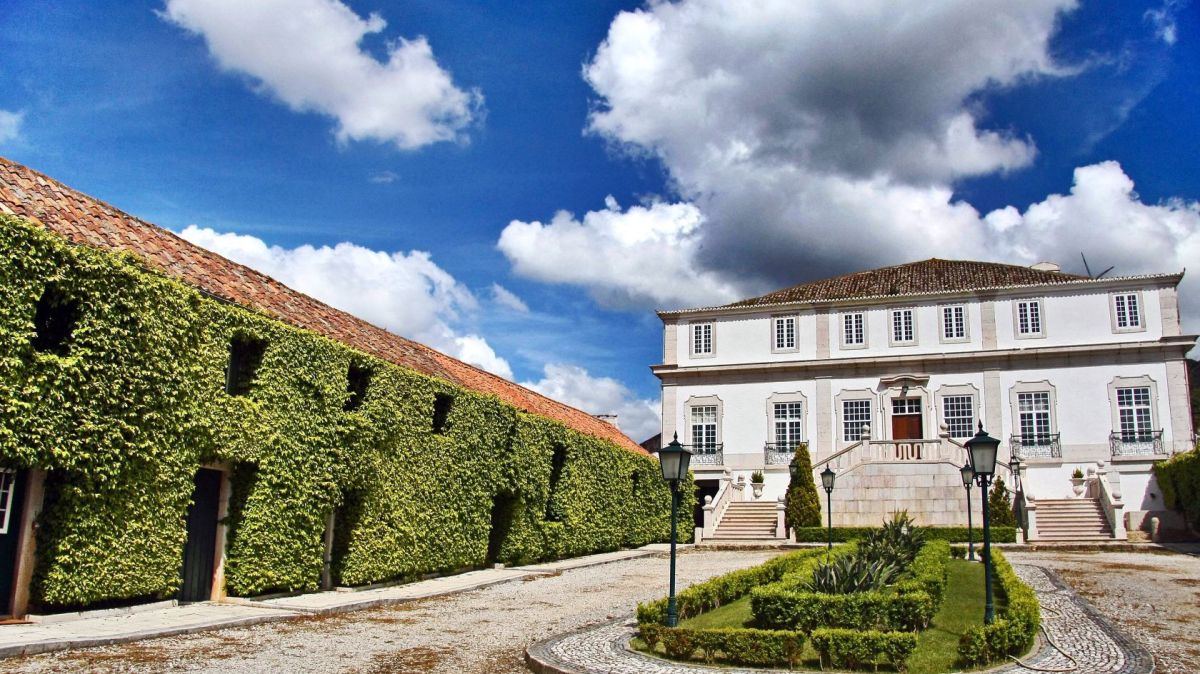"At this moment, Gabrielle is already moving away from the archipelago," meteorologist Elsa Vieira, from the IPMA's Azores Regional Delegation in Ponta Delgada, on the island of São Miguel, told the Lusa news agency in a situation update at 8:30 a.m. local time.
According to the meteorologist, "from now on, there will begin to be a gradual improvement in the weather" in the Azores.
"Some gusts may still occur, especially on Terceira Island and, until noon, in the Eastern group [São Miguel and Santa Maria], but in the Eastern group, 100/110 kilometres per hour [km/h]," she added.
In Ponta Delgada, on São Miguel Island, at the time Elsa Vieira spoke to Lusa, "the highest gust recorded was 100 km/h."
Regarding the Central group, the meteorologist said that weather warnings will be updated for Terceira Island (to be in effect until around 10:00 a.m. local time) and that IPMA technicians will continue to monitor the situation.
In the Eastern group, warnings will remain in effect until noon, "but not as severe as in the Central group."
Hurricane Gabrielle, which has been impacting the Azores since Thursday, has dropped from a Category 1 hurricane to a post-tropical depression.
Regarding the recorded observations, the meteorologist said that "it yielded a little less" than IPMA technicians had predicted, "but also (...) it began to lose intensity earlier than expected."
Cyclone Gabrielle began hitting the Azores at 10 p.m. local time on Thursday.
A red warning – the most severe on a scale of three – was issued for the islands of the Central (Pico, Faial, Graciosa, Terceira, and São Jorge) and Western (Flores and Corvo) groups due to forecasts of precipitation, wind, and rough seas.
The State Government declared a state of alert until 6 p.m. on Friday for the Central and Western groups, prohibiting certain activities.
On these islands, non-urgent and essential public services, including schools, were also closed.















